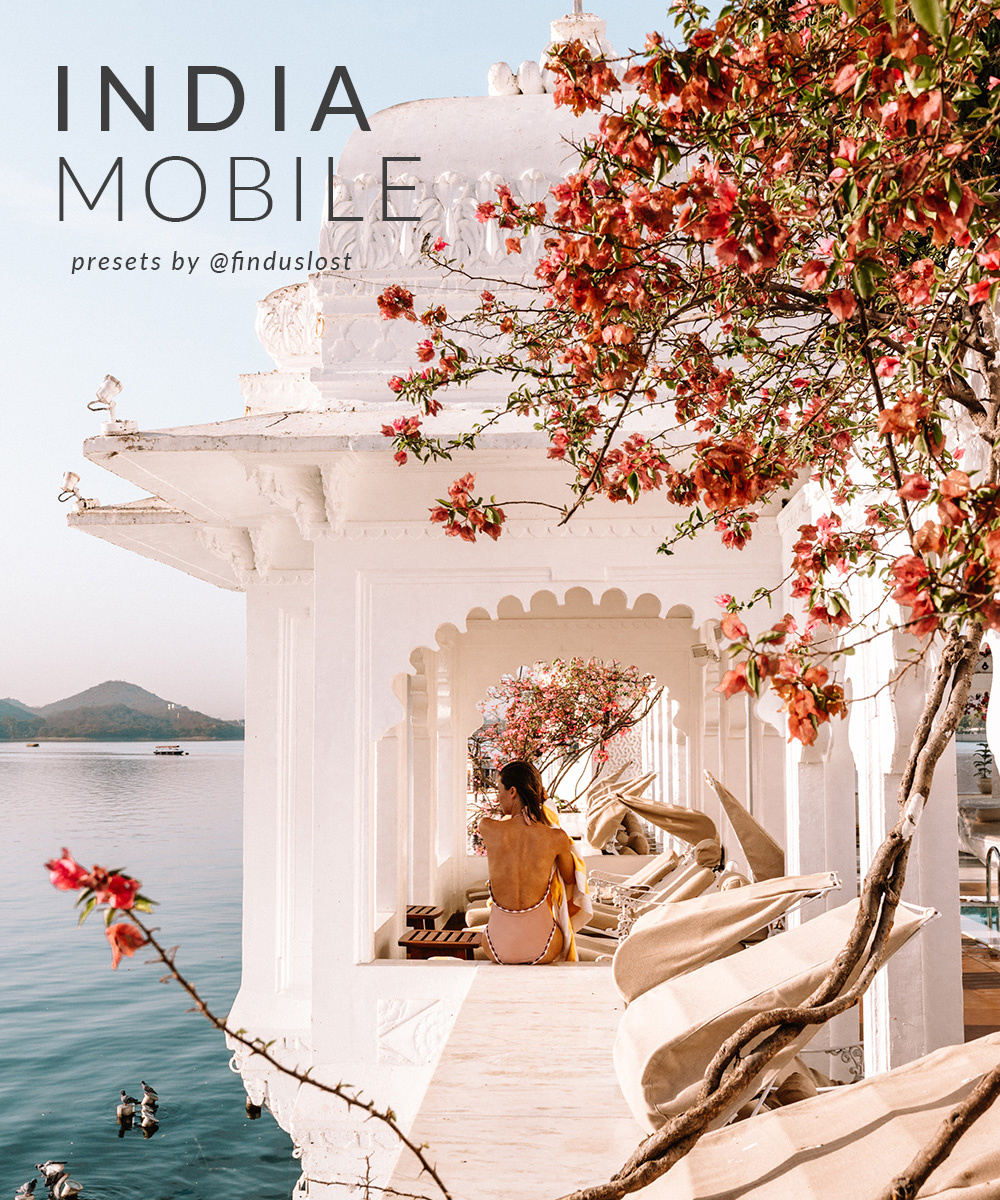

How to download and install presets from other users Unfortunately, at least for the moment, presets created on the desktop versions do not synchronize on Lightroom for iPad, but I’m expecting this feature to eventually be added to the already rich set of options in the Adobe virtual darkroom. The preset will be saved, and you can apply it with a single click to any other photo. You’ll find it on the menu to the left – Presets> Default User.

In the Presets menu on the left hand side of the interface, click on the “ +“.Ī dialog box appears, from which you can give a name to the new template, as well as determine which of the fixes that you applied to the photo you want to include or exclude by adding or removing checkmarks.Ĭlick on the Create button.

When you’re satisfied with the result, you’re ready to save all the changes that you’ve made as a preset. The tools that let you make adjustments are in the column on the right of the interface. Open a photo and make all the adjustments you want, altering any parameter you want among the many available in the program. How to create and save a preset in Adobe Lightroom 5 Most shots suffer from slight issues due to lens aberrations.Below, I’ll take you through how to create them, save them, and install new ones on your Mac. For this tutorial, I used a Mac with OS X 10.9 Mavericks, but the steps are almost identical on a Windows PC. If you shoot a number of different genres or in a number of different styles, or if you simply like several profiles, you might consider creating a preset for each one! Step 3: Apply profile corrections and remove chromatic aberration (Also, note that your Profile options may vary depending on your camera, so if you can’t find one of the options I suggested, don’t worry you probably have other cool Profiles to try out instead.) Remember that you can always change these settings after applying the preset if you decide they don’t work for a particular shot. Test out a few options and see what you like! Lightroom’s default Profile is Adobe Color, and this is where I often leave my photos – but if you’re a frequent landscape photographer, you might try Adobe Landscape, portrait photographers might try Adobe Portrait, and black and white photographers might try Adobe Monochrome.


 0 kommentar(er)
0 kommentar(er)
